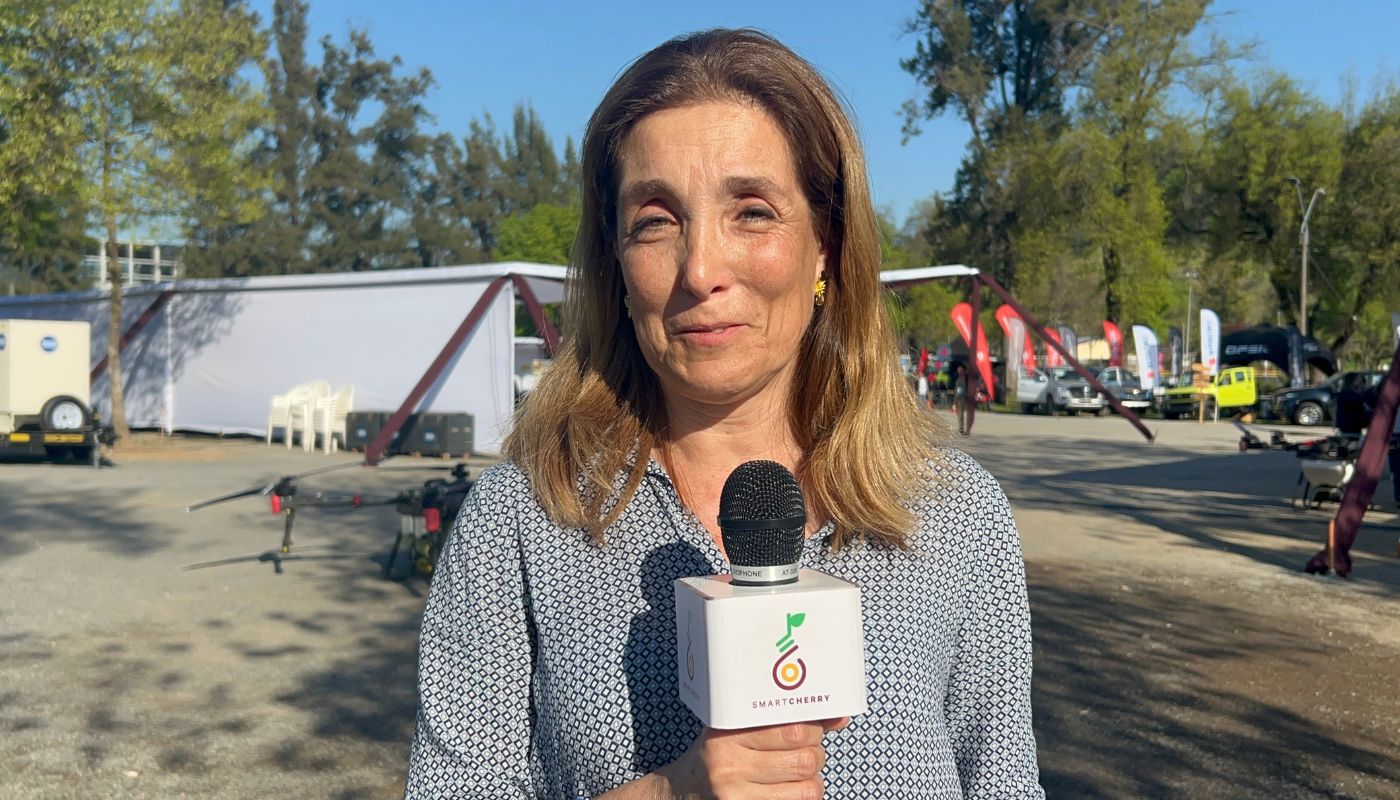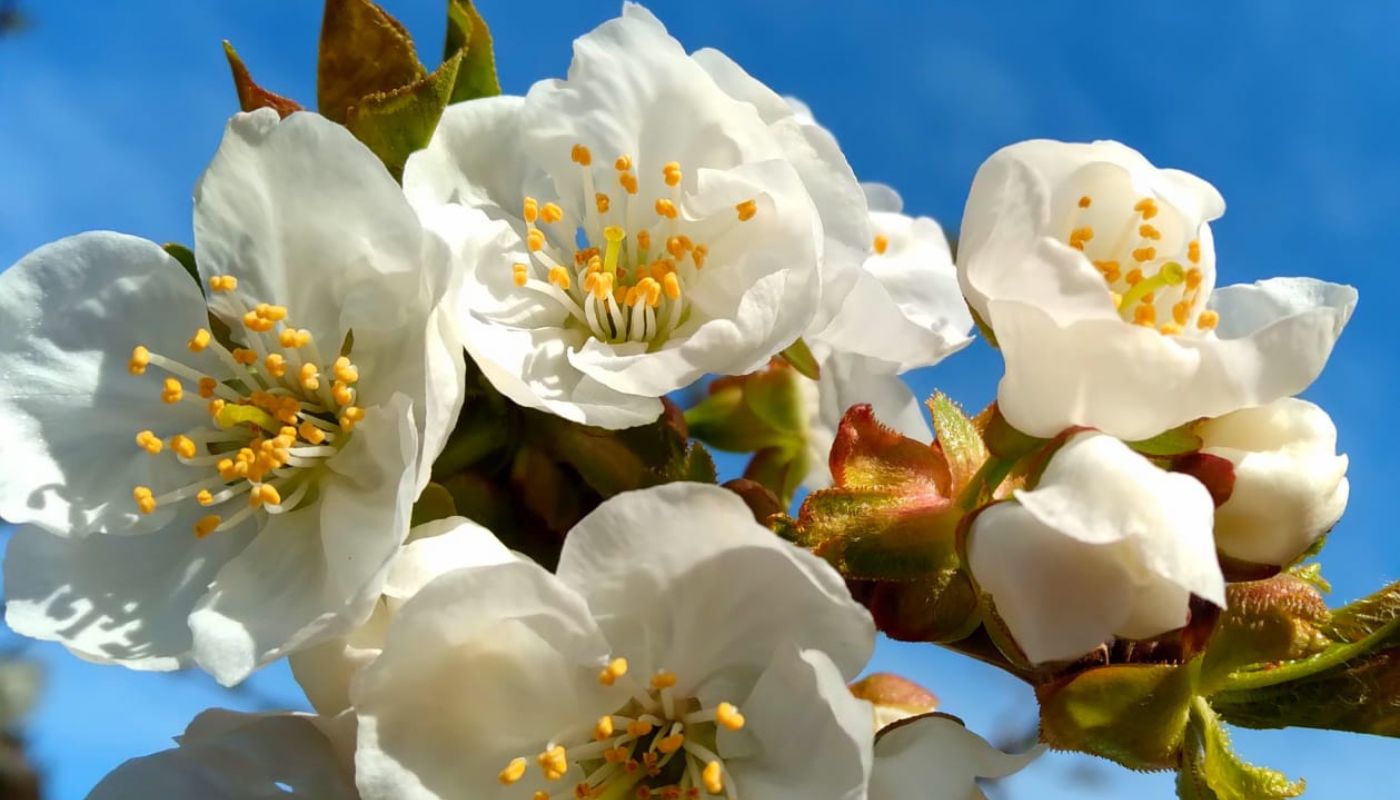We have discussed in previous articles that the beginning of the season begins with post-harvest fertilization, which extends from the summer to fall months, in order to accumulate reserves (mostly starch) in protective structures such as shoots and roots 4 to 8 mm thick.
In the winter months, from July to early August, the root system begins synthesizing arginine. This is achieved by using starch, nitrogenous proteins, and phosphorus stored in late fall as raw materials.
These reserves begin to be transported to the aerial section of the plant in early August and will be used to carry out the first reproductive stages of the plant, along with the reserves stored in buds and shoots. They will also provide support once the reserves in the aerial section have been consumed.
Quality fruit is not achieved by doing the same thing; it is achieved by generating changes. Season after season, new results are obtained from research, tests, and trials, which generate new avenues for improvement for orchards, focused on improving fruit quality, improving orchard well-being, and orchard longevity.
This article will discuss six useful tips that can help producers improve their fruit quality.
1. The beginning of the first reproductive stages of a cherry tree begins approximately 15 days before blossom, a period in which bud cell division begins, leading to flowering.
At this stage, applications of Ascophillum nodosum have made a significant difference in the weight of the harvested fruit. This has been achieved by boosting cell division from the very beginning, which can represent up to 15% of total ovary division.
For many, it may seem unthinkable to apply a biostimulant when there are no leaves, flowers, or even green tips, but scientific evidence from at least four seasons shows that the differences in terms of fruit weight are significant.
This also occurs in other fruit species. In general, depending on the orchard, we currently apply one or two times before flowering, depending on the variety, the area, and whether or not it has a roof. The earlier the variety, often in early areas with a roof, there is very little time to process fruit, so in these cases, two applications should be made before flowering. These are in addition to the traditional applications during flowering.
2. Calcium supplementation is of utmost importance when it comes to cell division, fruit firmness, and weight. Cell division requires a lot of calcium, so in modern cherry management, calcium is applied successively via foliar application before incorporating calcium into the root system.
Once irrigation begins, calcium must be applied immediately, ideally in fast-acting forms such as calcium hydroxides, at high doses of 20 to 25 kilos of commercial product per application, at least twice. It is important to consider the antagonism that calcium has with other elements such as potassium and magnesium. It is very important that, in addition to applying calcium alone, without other products, magnesium and potassium should be left behind and applied in separate weeks if possible.
In addition to the initial calcium applications during the first irrigations, calcium application at veraison and even days before harvest has been very beneficial. We always talk about cell division in the first stage of fruit production, but we forget that shoots, roots, and leaves also grow by cell division. Therefore, if we have a medium-to-high vigor orchard, it is almost predictable that there will be a calcium dilution effect on the overall yield of the plant. On the other hand, applying gibberellic acid produces a hyperpolarization effect on the membranes, causing calcium to migrate to the cytosol. Therefore, it is important to generate additional calcium pressure after these applications to achieve a firm membrane rearrangement.
Calcium, along with potassium and boron, are integrated cofactors for sugar transport, so it is imperative to have these elements balanced when Brix accumulation begins in the fruit.
3. In many productive areas, potassium is a key element, not only for cherries. This phenomenon occurs because irrigation water from the rivers contains a high content of nitrate, magnesium, and calcium, which is generating a chemical antagonism at the soil level that prevents adequate entry of this element to the plant. This has not been resolved to date by applying high concentrations of potassium via irrigation, which, due to electrical conductivity issues, is also counterproductive. The rivers involved to date are the Aconcagua River, the Maipo River, the Cachapoal River, and the Tinguiririca River, the latter two at lower levels.
Today, we have technological products on the market that solve this problem, given that their low molecular weight can address this antagonism better than traditional fertilizers commonly used, such as paste fertilizers, potassium hydroxides, and potassium mobilizers. The speed with which these new technologies operate allows for rapid correction of these deficiencies, which intensify from veraison onward. The flow rates described contribute a lot of nitrate to the system; it is important to perform nutritional analyses of water in spring and summer prior to post-harvest.
4. Pasma: Last season, we experienced a phenomenon of premature fruit drop, driven by a cold spring and, in many cases, excessive loading. Sugar production was limited given the environmental conditions, and the demand from many orchards was very high, causing premature fruit drop, or Pasma. This phenomenon was stopped dead last season by applying sugars in combination with Ecklonia maxima and amino acids. This combination should be applied, depending on the situation, two to three times within the same week.
5. Another important factor to consider is the amount of fertilizer applied in a single irrigation. In many cases, fertilizer amounts of 25 to 45 kilos of commercial product per hectare are injected into a 17 mm irrigation depth. This generates an increase in conductivity that can reach 1.8 mmhos/cm conductivity at the drip outlet. For productive areas with high saline levels that start with irrigation water levels of 0.9 to 1.2 mmhos/cm, the accumulated conductivity is enormous, naturally generating production problems, leaf yellowing, and leaf drop.
Depending on the productive area and the harvesting precocity of the production system, fertilization tools should vary.
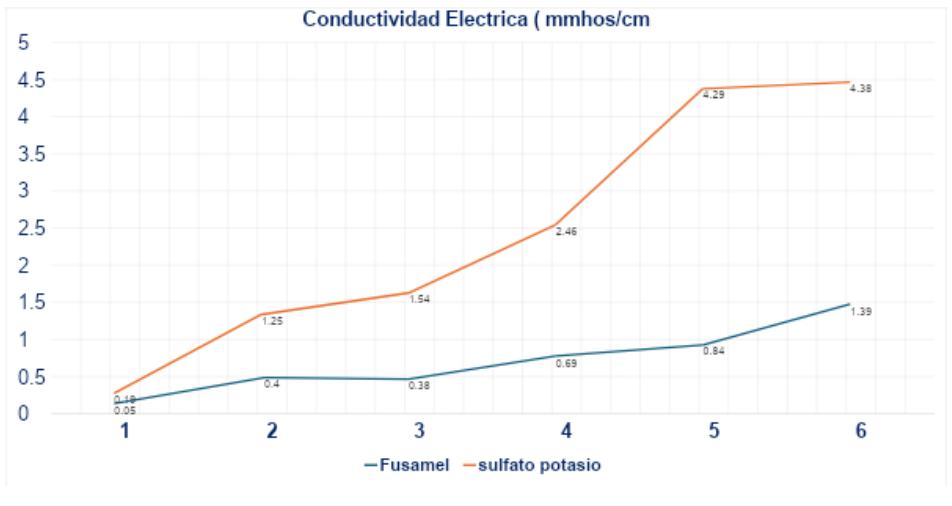
6. Use of Hormonal Rooting Agents from the End of December: The impact of postponing rooting agents to December has been enormous. Traditionally, hormonal rooting agents were used in the spring months, with cold soils, heterogeneous roots, and plants. Therefore, two to four applications were required to achieve a global effect in the orchard, at a significant economic cost.
By postponing the application date to the end of December, with the soil at a warmer temperature and plants and roots already fully functioning, only one application is needed to achieve a tremendously abundant effect, at a very low economic cost.
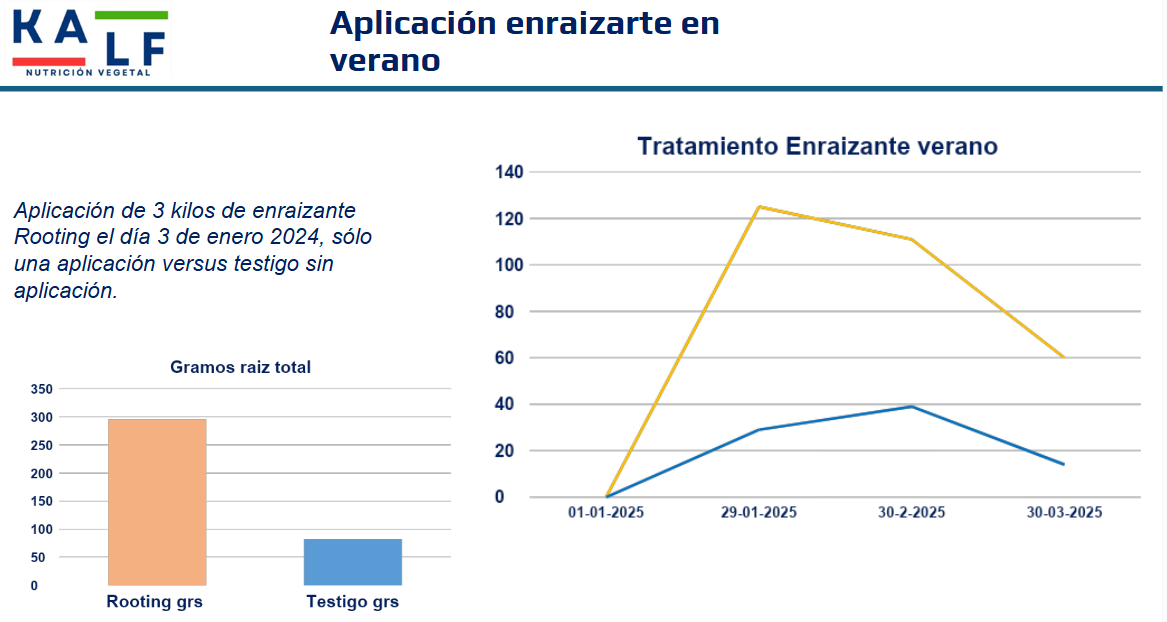
By postponing the application date to the end of December, with the soil at a warmer temperature and plants and roots already fully functioning, only one application is needed to achieve a tremendously abundant effect, at a very low economic cost.
As stated at the beginning of this article, every season presents us with different challenges, so learning is evolutionary. This, combined with the scientific evidence generated by the research results of each season, allows us to innovate and develop techniques that improve orchard performance.
All of the elements discussed in this article are inexpensive, which does not prevent those who need to use them from doing so freely.
